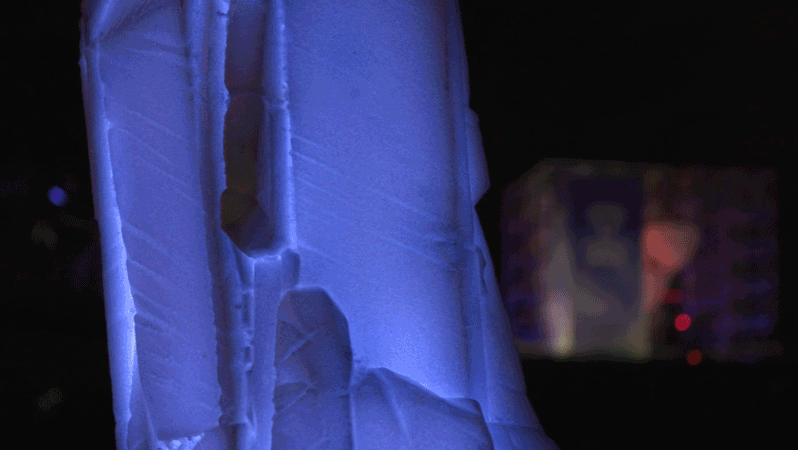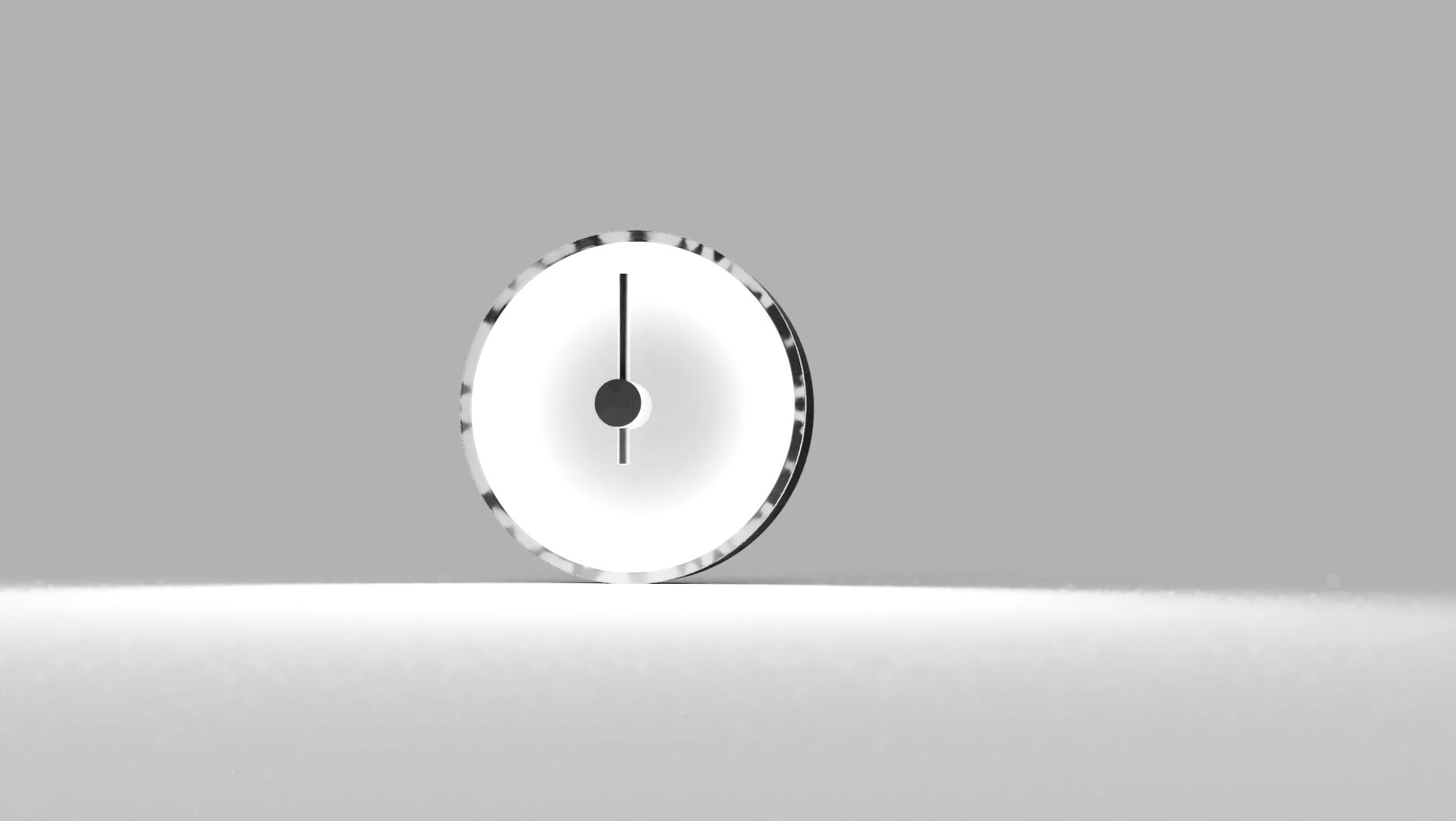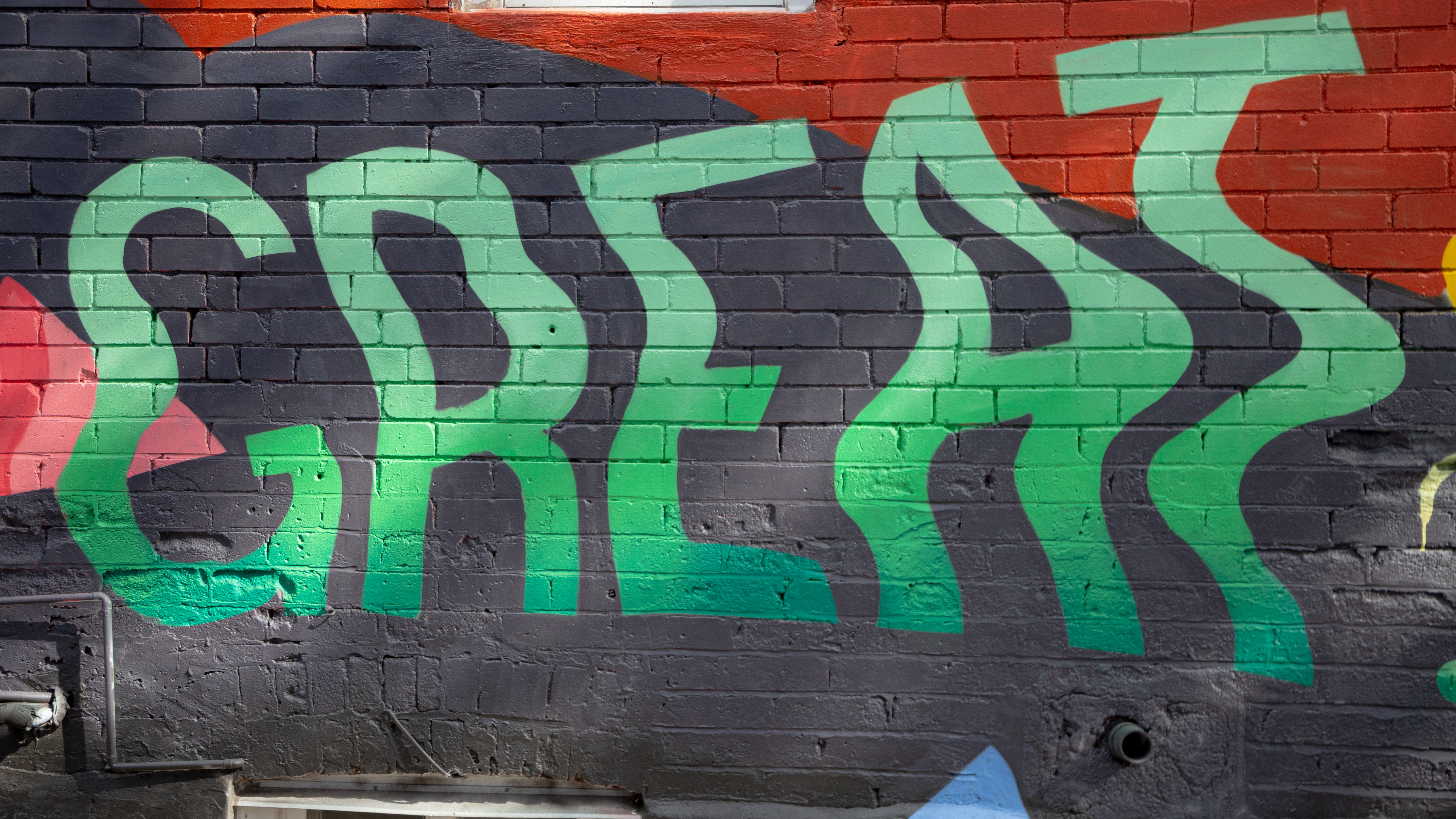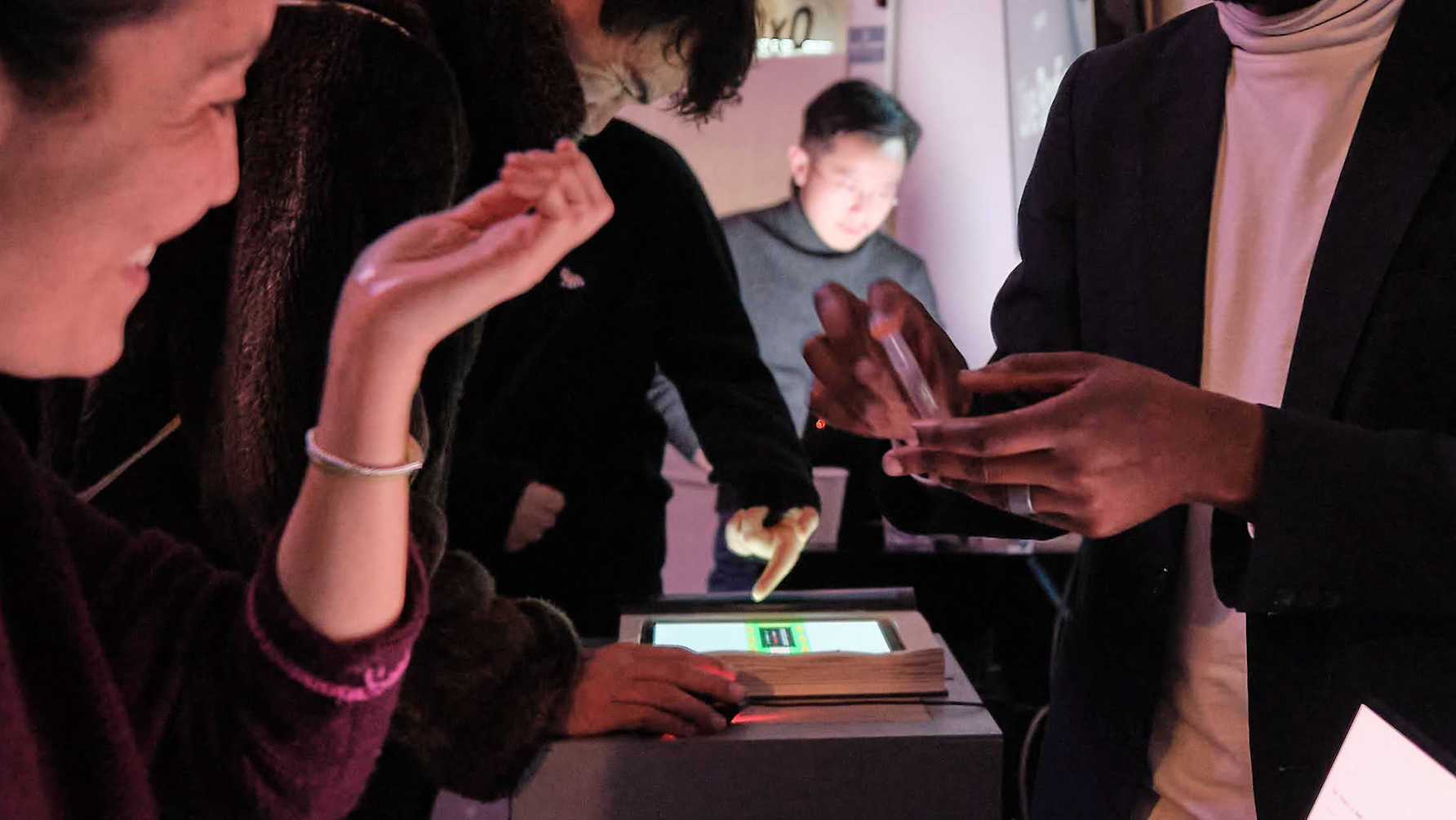Part art installation, part functional object, Perfume Clock honours the mundane task of telling the time by making it nearly impossible. At least it smells good.
A matrix of numbered boxes lights up to display each of the 1,440 minutes in a 24-hour day. Behind each box is an atomiser set to disperse a distinct perfumery material. Every minute, four numbers activate to read out a digital timestamp (HH:MM), "playing a chord" of fragrance notes. This becomes that minute's perfume.
Perfume Clock was my thesis project for my MA in Interactive Media Arts, as part of an exploration into creating tangible experiences from abstract data.
Each "column" of Perfume Clock is controlled by an Arduino Uno microcontroller connected to a real-time clock (RTC). The microcontroller is connected to an array of piezoelectric atomisers and LEDs, one for each digit in that column. At the start of each minute, the corresponding atomiser is switched on for one second, dispersing fragrant mist.
Although the clock only disperses four materials at any given time, these materials can interact with each other, modifying the overall impression they create. Natural materials, which are often multifaceted, benefit from the addition of synthetics, which can pull out a specific facet of their scent.
I designed and fabricated a clock chassis and face, as well as containers for the fragrant liquid. Because the clock is larger than the 3D printer bed, it had to be printed in two parts and glued together (thanks Dalin for figuring this out).
This version of Perfume Clock uses Seeed Studio's Atomiser units and Base Shields—creating a huge mass of wires at the back of the clock. Viewers seemed to enjoy this look but I favour a more sleek aesthetic (not to mention fewer points of failure). For v2, I plan to develop a custom PCB, tidy up the components and fit them into an enclosure.
Fabrication ASMR.
The relationship between scent and memory is an interesting one. Because the clock works with the change of digits in a timecode, some fragrances change every minute while others change every ten hours. This seemed to echo the mix of short and long-term memories we deal with on a daily basis. It also maps quite nicely to the longevity of notes along the fragrance pyramid, with top notes dissipating very quickly and base notes lasting much longer. I used these qualities to create a flow of scents that would be both metaphorically meaningful and logistically bearable.
I 3D-printed custom containers for the fragrant liquid. Originally, the atomiser was meant to sit on top of the lid but I found better mist came from slightly submerging it.
I calibrated the potency of each fragrance by adding a drop at a time to a container full of water until the mist smelled right. By controlling both the concentration of each fragrance and the duration of each spray, I can tailor Perfume Clock to different environments.









